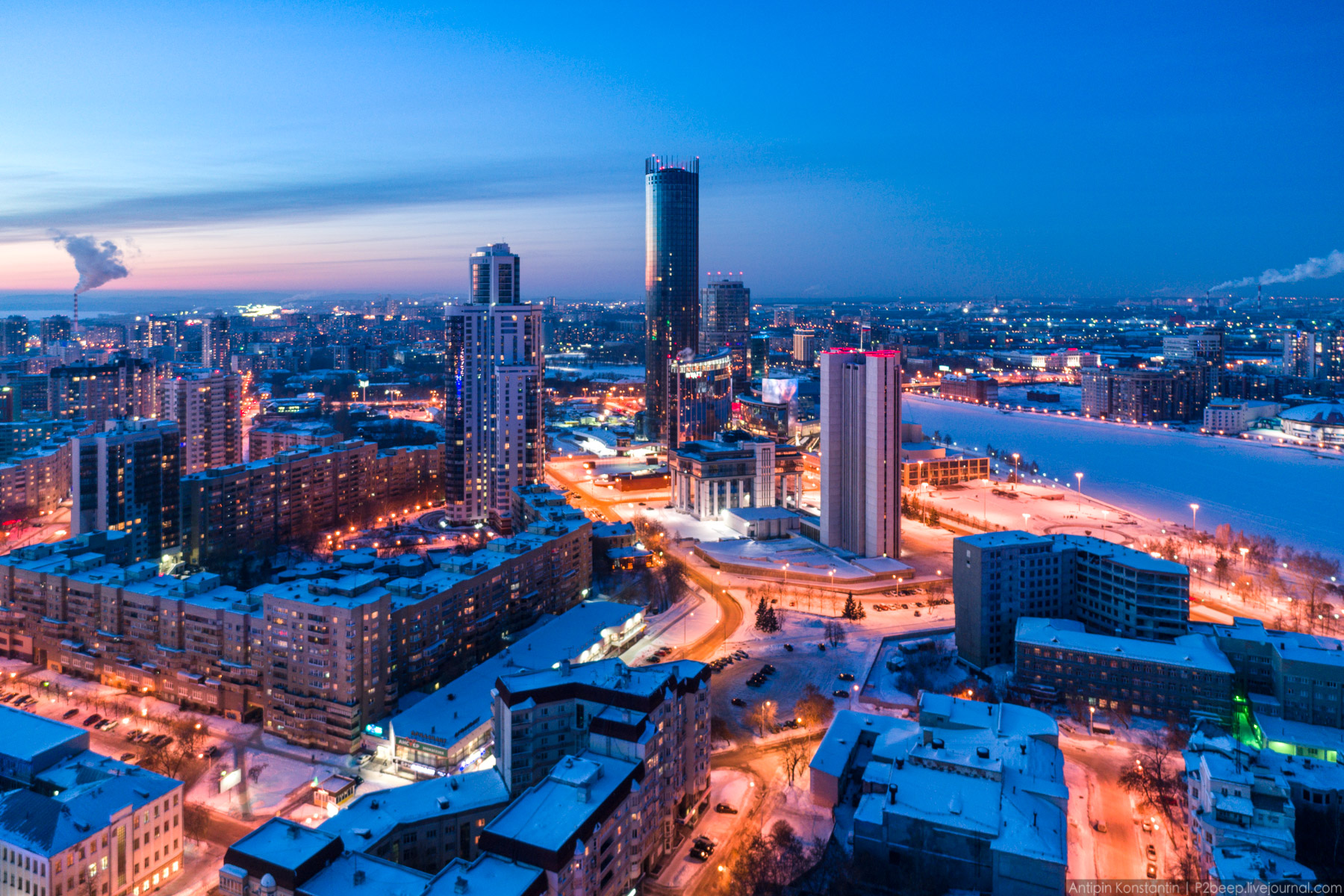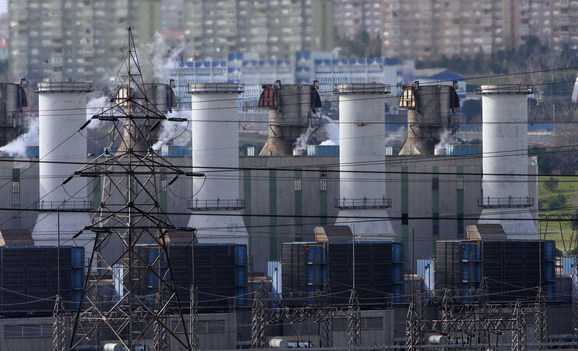The Tatar people have already spent 456 years in slavery to Russian colonialism, which was as brutal as ever was known in the history of humankind. During this time many rulers of Russia came to power, as czars, emperors, first secretaries and presidents. Also, the social structure of this country changed: feudalism, capitalism, socialism, etc. Only one thing remained unchanged during all this time: a policy of forced conversion to Christianity, Russification, inhuman exploitation and physical elimination of the Tatar through permanent and goal-oriented genocide. At the beginning of the 18th century, according to a Census taken by Peter the Great, there were 5.5 million Russians and 5.5 million Tatars, and yet by the end of the 20th century there are 120 million Russians and the same 5.5 million Tatars.
At the end of the 1990s, Tatars in their final despair rose up to struggle with Russian colonialism and adopted a Declaration of Tatar State Sovereignty. They organized a referendum with supervision of foreign observers, including some form the USA, during which 61.4% of Tatarstan\’s population approved a claim for independence from Russia. Moreover, Tatarstan refused to participate in the referendum on the modern Constitution of Russia and to sign the Federative Agreement on the creation of the Russian Federation, confirming by this its illegitimacy. There are not any legal treaties whatsoever on the joining of the later to the Russian Federation.
The first president of Russia B. Yeltsin agreed to give to the Tatars as much liberty as they could handle. Unfortunately, this was the same kind of deceit as before, aimed only at pacifying Tatars and buying time. Whereas Russia was forced to agree to the escape of 14 colonies from their domination, it categorically refused to recognize the independence of Tatarstan, and it made its rule over this colony more severe, by the destruction of elementary rights of its people, including the right to have local legislative bodies and to select the president of Tatarstan. Right now, the Kremlin is appointing its Vice Roy from Moscow. Moreover, the Kremlin has deprived Tatars of the right to use the Latin alphabet as their own and has forced them to use the Cyrillic alphabet which is entirely unsuitable for the Tatar language. Recently it has deprived the Tatars of the opportunity to teach their children in Tatar.
Muslim Tatars are subject to severe prosecution, torture and many years of prison for refusal to worship in the mosques that are under the supervision of mullahs appointed by the Vice Roy administration, and for having Muslim books written in Arabic in their homes. At the same time the merciless robbery of the national resources of Tatarstan is continuing. The Kremlin is taking 85% of all the revenues from the sale of Tatarstan\’s oil for itself, and by this way depriving Tatarstan of their vital means for survival.
All of this is happening at the same time that the Russian Federation cynically and hypocritically recognized the independence of the Georgian republics of Abkhazia and South Ossetia. One can only ask what is the difference between the rights of the aforementioned republics and Tatarstan – a Russian colony? It is absolutely clear – there is no difference. The truth is that Russia practically enslaved the people of these republics by converting them into their citizens. Consequently, for Tatars there is no hope any more for the good will of the Russian colonizers to accomplish any kind of decolonization whatsoever.
Expressing the will of the Tatar People and in order to save them from entire elimination the Milli Mejlis (Parliament) of the Tatar People is:
1. Declaring support for the Declaration of State Sovereignty of August 30, 1990 and confirming the illegitimacy of including the Republic of Tatarstan into the Russian Federation without its consent.
2. Asking all governments and the United Nations to recognize the Independence of Tatarstan.
3. Creating the Government of Tatarstan in Exile for the protection of the interests of the Tatar People.
4. Calling all Tatars around the world to organize a permanent mass campaign in support of the Independence of Tatarstan before their governments and societies.
Adopted at a Special Meeting of the Milli Mejlis of the Tatar People on December 20, 2008.
Vil Mirzayanov
[email protected]



